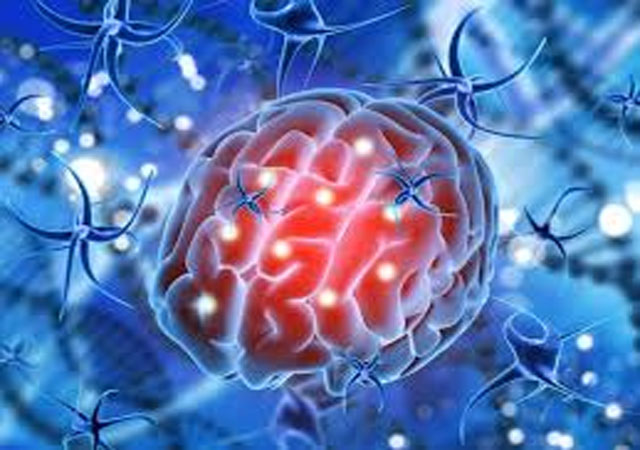Daijiworld Media Network – Mohali
Mohali, Oct 6: In a pioneering breakthrough, researchers at the Institute of Nano Science and Technology (INST), Mohali, have discovered that a nanomaterial called graphitic carbon nitride (g-C3N4) can naturally stimulate brain cells — without the need for electrodes, lasers, or magnets.
The material works by generating tiny electric fields that open calcium channels in neurons, boosting nerve growth and communication between brain cells. Acting like a smart biological switch, it activates when neurons are idle and rests when they are active, preventing cellular fatigue.

Unlike conventional deep brain stimulation or magnetic therapies that require invasive procedures, g-C3N4 responds directly to the brain’s own electrical activity. Laboratory tests showed that it promotes neuron maturation, enhances dopamine production, and even reduces toxic proteins associated with Parkinson’s disease in animal models.
“This is the first demonstration of semiconducting nanomaterials directly modulating neurons without external stimulation,” said Dr Manish Singh, who led the study published in ACS Applied Materials & Interfaces. “It opens new therapeutic avenues for neurodegenerative diseases like Parkinson’s and Alzheimer’s.”
Experts believe this innovation could not only transform brain disorder treatments but also power future “brainware computing” — systems that combine living neural tissue with semiconductor materials to create bio-inspired computers.
Further preclinical and clinical trials are being planned to bring this non-invasive, next-generation therapy closer to human application.